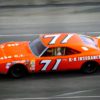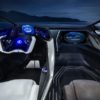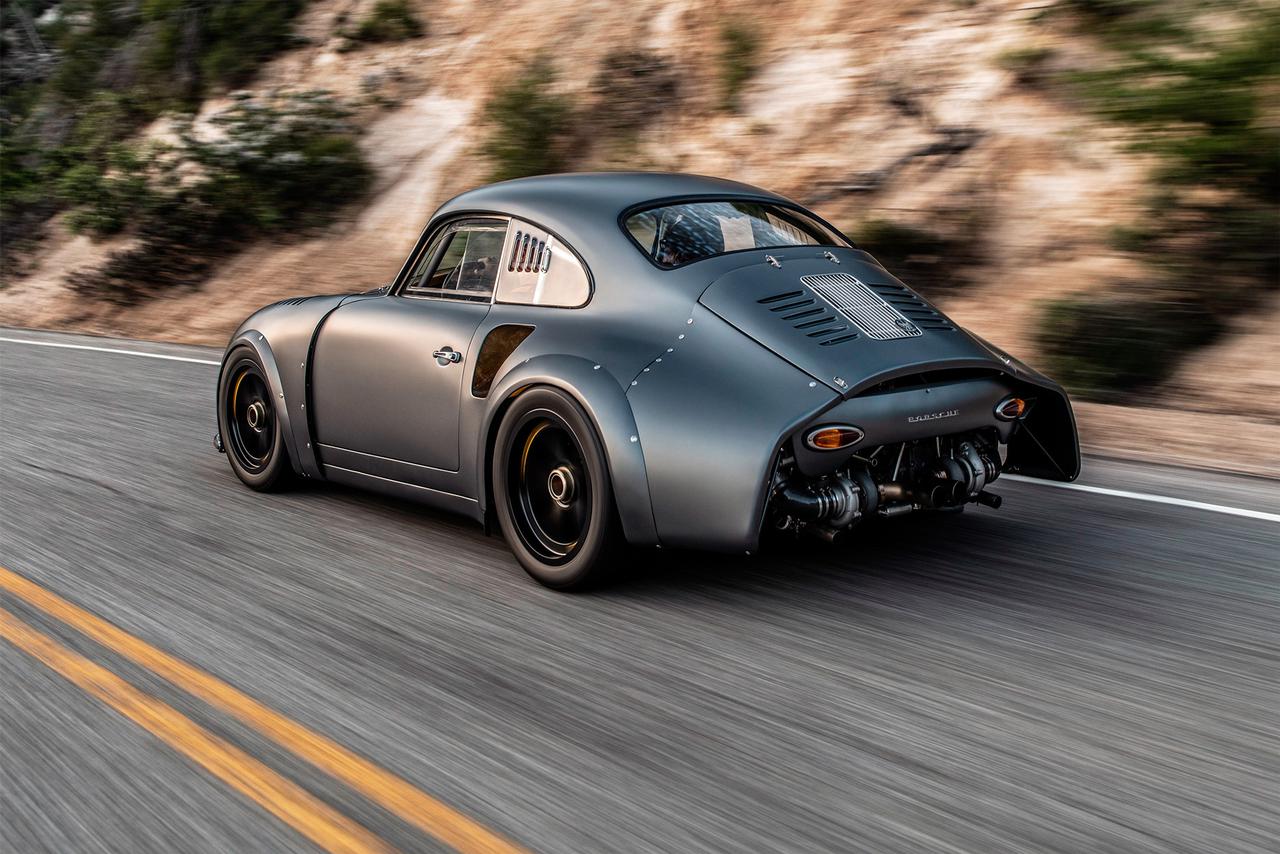And why this movement started with old Porsches but was not limited to them.
They are considered outlaws, barbarians, egoists, sociopaths – what kind of labels does the respectable automotive society hang on the owners of cars modified in the outlaw style. And those do not care. On the roads, they are hardly more sinful than the owner of a licked sports car – it’s just that, unlike the latter, the Outlaw is not hypocritical. Yes, they call themselves and their cars the term “outlaw” (this is how outlaw is translated), but behind this lies not contempt for social norms, but a tribute to the traditions of the subculture.
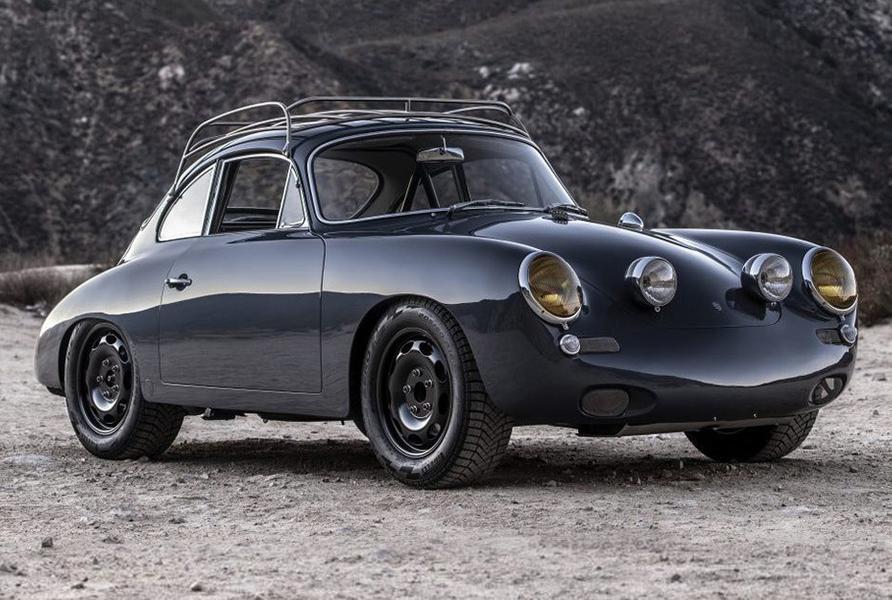
An outlaw car is like comfortable and practical ripped jeans …
Outlaw is a special tuning (and primarily styling) of individual car models. A typical example is a casually and roughly race-inspired vintage Porsche. But the theme of road “outrageous” is much deeper: it is not only improvements, but also the lifestyle of the owner of such a car. Most often, a lone rebel who prefers high-speed walks in one person along deserted streets and highways to parties. Outlaw projects are not built to be transported to exhibitions and show them at gatherings. And in order to “distribute” from the heart away from everyone.

Mulholland Drive is a legendary destination. Many stars of Hollywood and even American motorsport learned to drive here. Not far from the deserted serpentine there were famous restaurants and celebrity houses, so they often stopped by on Mulholland Drive to get some air in expensive and fast cars.
Photo: Robert Kerian, automobilemag.com
Where did the outlaw come from?
It all started with street (and therefore illegal – outlaw) races in the United States in the seventies. These events are best illustrated by the movie “King of the Hill” in 1981, which immerses the viewer in the events of a racing illegal on the iconic Mulholland Drive road. There and in our urbanized days, you can enjoy a great ride on a sports car, but then it was 23 miles of continuous turns, ups and downs on the top of the ridge towering over Los Angeles. In terms of atmosphere, this movie is a mix of the Initial D manga and the NFS Most Wanted arcade, prepared in the early eighties.
The final scene of the movie King of the mountain clearly shows that outlaw racing is the American equivalent of the Japanese touge. In the United States, Los Angeles was the Mecca of Outlaw, and it is no coincidence that most companies that create equipment in this style today are based around LA.
Behind the plot of the picture are the events of an article in one of the magazines. It describes the get-together of Los Angeles street racers, the romance of their duels, and the rioters’ relationship with the police and residents of the surrounding areas. In those years, the first Porsche sports car was popular in rich California, which dropped significantly in price against the background of the already sold more advanced 911 in the 912th body. Therefore, the fast guys drove with might and main through the canyons (as they call serpentine roads in America) on the modified 356s – and just such a car was the protagonist of “King of the Hill”.
Most often, the owners of outlaw projects have no reverence for the classics and awe about the state of the paintwork. Carrying a spruce on the roof of a rare Porsche? No problems!
Little is known about the outlaw movement in the subsequent 1980s – 1990s, because then this ideology was not yet fashionable, and in the absence of social networks, misanthropic racers were in no hurry to appear to the general public. Of course, today in all this there is a fair amount of narcissism and shocking. In recent years, this style has become especially popular among US customizers and to a lesser extent – from other parts of the world. It is thanks to social networks that we are talking about outlaw – at once several ideologues of this movement became media and launched the promotion of their lifestyle and outlook on tuning in “YouTube and Instagram”.
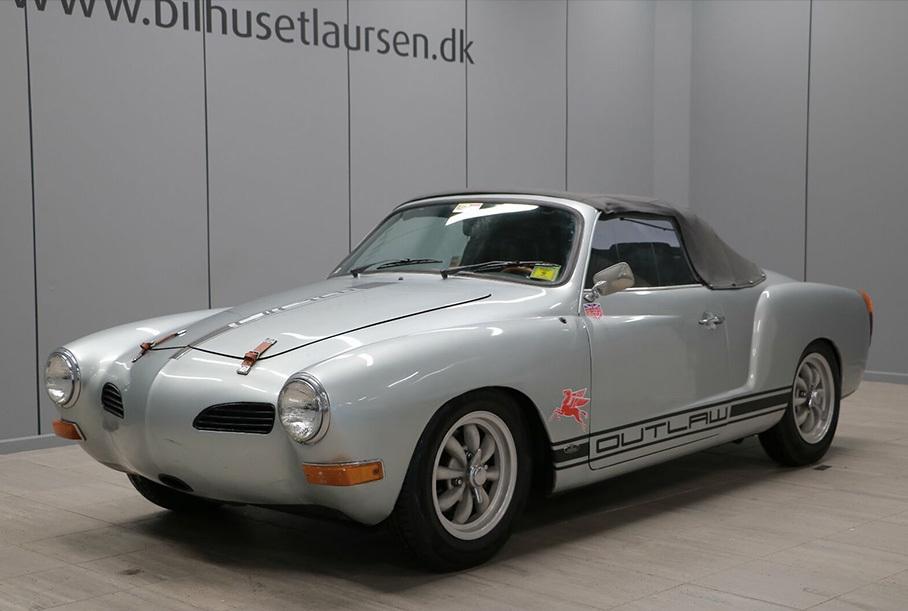
The term outlaw itself is likely borrowed from the American World of Outlaws sprint car series. It was established in 1978 in spite of official races, and later the term outlaw was applied to illegal drag on public roads. Pictured – Volkswagen Karmann Ghia, which, unlike American cars, was good on winding canyon roads
Contemporary evangelists
Probably the most famous member of the community is an American collector and classic Porsche styling enthusiast named Magnus Walker. He calls himself the Urban Outlaw, rides an old-fashioned “air” 911 of his own ambassador, wears a waist-length beard and plaid shirts. Magnus loves the romance of driving along the deserted streets and bridges of the industrial zones of Los Angeles, as well as “piling” on the deserted highways of the Californian canyons under the dry crackle of an archaic boxer.
Magnus bought his first 911 with personally earned money in 1992 at the age of 25. Twenty years later, there were already more than forty Nine-Ilevens in his collection.
At the same time, the gloomy Los Angeles “outlaw” (once I had a chance to exchange a few words with him – and I could not help but note his sad tired look) makes a successful business on its “lifestyle” – it builds client machines, maintains an Instagram with more than half a million subscribers , creates clothes, acts in atmospheric short films. And despite his media presence, he is still faithful to the chosen style in his work and behavior – even at car exhibitions and festivals he can most often be found alone, without company.
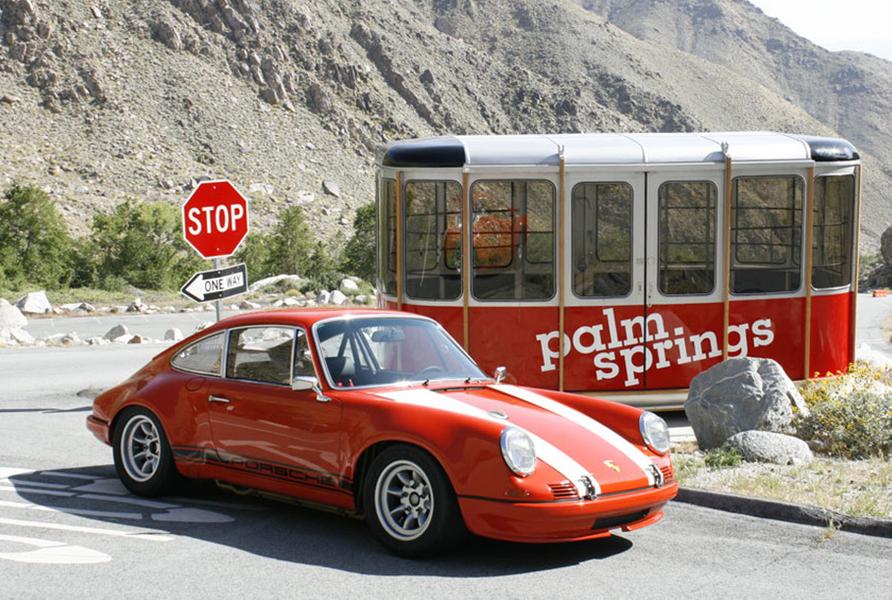
Magnus Walker’s cars are a cocktail of unique touches that set them apart from all other Porsche tuners. His style can be described as deliberate negligence with a manic attention to detail.
Photo: magnuswalker911.com
Another notable figure in the outlaw movement is Rod Emory, creator of the insanely stylish and sometimes insane Porsche 356. His Emory Motorsports / Emory Design is engineering the ultimate outlaw icon, the very first Porsche. Each copy, be it a coupe, roadster or speedster, is first carefully restored, and then the “illegal” creativity begins.
Rod Emory is the third generation restorer and tuner of old Porsches. Therefore, he knows exactly how to handle the classics so that, as a result of interventions, they only become more expensive.
Many will consider it sacrilege, but Rod calls it outlaw. Which, however, is synonymous. The lightest styling adds rally touches of additional light, optics grilles, dismantled bumpers and leather belts holding the hood. In this case, the suspension is installed from a more advanced 911 (but also “air”, of course), and the native engine is changed to a more powerful one. Moreover, our own (in cooperation with the Rothsport office) development – but strictly based on the design of the original “opposite” Porsche 911.

The 356’s multiple levels of design allow Emory Motorsports customers to get everything from light styling to real road monsters.
Photo: rodemorymotorsports.com
It turns out something very original – not a classic, but not yet a restomod in the traditional sense of the word. The next level of styling involves deep but subtle work with body proportions – each such car is unique, but the uninitiated hardly understands what exactly has been changed. From the obvious, there is a lowered roof or a 550 Spyder-style front end. The pinnacle of Emory Motorsports’ outlaw is an incredible 356/964 hybrid with a completely custom body and a powerful turbo engine, but still in the same gloomy racing style.
This atmospheric video with Magnus Walker and Lancia Delta HF Integrale Evo demonstrates that outlaw is not only about Porsche, but about the street spirit in sports cars and the lifestyle of their owners who enjoy them while driving on regular roads.
Porsche are not united
Of course, these two characters do not have a monopoly on outlaw tuning, although they are the most famous of all – there are also Benton Performance, Paul Stephens and other similar firms. Moreover, it is not necessary to own an old Porsche (prices for which have long been rushed into the stratosphere around the world) to make a canon project in this style. Any “airy” relative of Porsche is definitely suitable – even a massive Volkswagen Beetle, even a gourmet, but not very expensive Karmann-Ghia. There are many examples with classic Lancia, Volvo, MG and other European cars, mainly from the 60s – 70s.
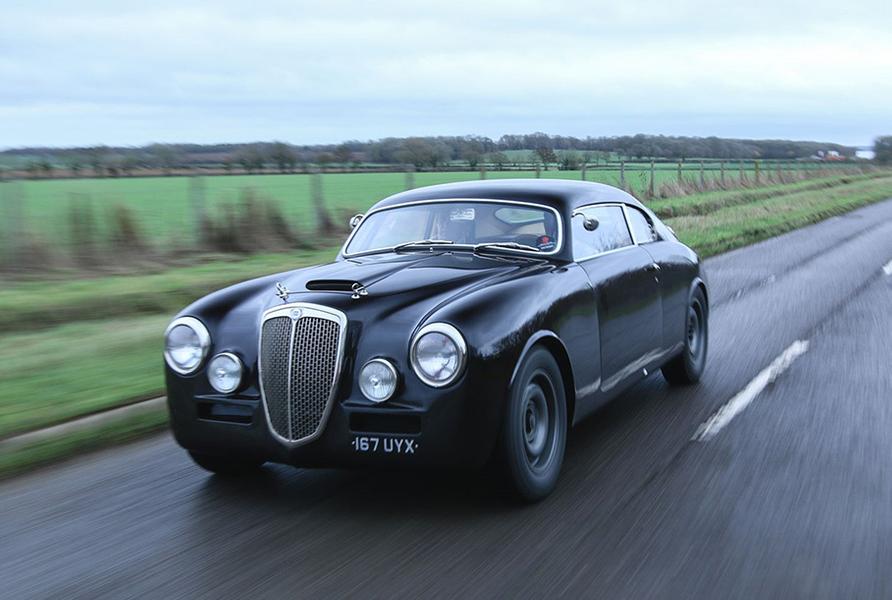
It’s hard to imagine an outlaw-style herbivore like a Tesla or Prius. But such a project will be all the more shocking and hype if you correctly get into the image. Today, the theme of outlaw is often more about appearing than about being, in contrast to the good old days. But the cool car of the middle of the last century will remain in price if it is tuned correctly.
From the elite club, Ferrari and Ford GT are also traditionally considered suitable. A striking example is the outrageous collector of supercars (especially Ferrari) David Lee, who spent about a million dollars on revision of his Dino largely outlawed. There, the interior was altered in a retro style, and the engine was replaced with a more powerful one, but from the already classic Ferrari line, and all sorts of other small “mods” that irreversibly alienated his copy from the state of museum value. And he did it as if in spite of the stiff auction community, which imposes standards of what is good and what is wrong.
You can even belong to this world with a relatively modern car – it can be a generally recognized inexpensive sports car like the Mazda Miata (the older the better) or the Toyota GT86. You just need to choose the necessary touches and details in order to correctly convey the spirit. American cars fit well into this theme – the best illustration will be the film “Sin City”, where this concept, although not directly mentioned, but a keen eye will note the combination of the typical outlaw genre Porsche 550, Volkswagen Beetle and Ferrari 348 with a bunch of charismatic “Americans” fifties and sixties, on low pendants and with a characteristic aesthetics.
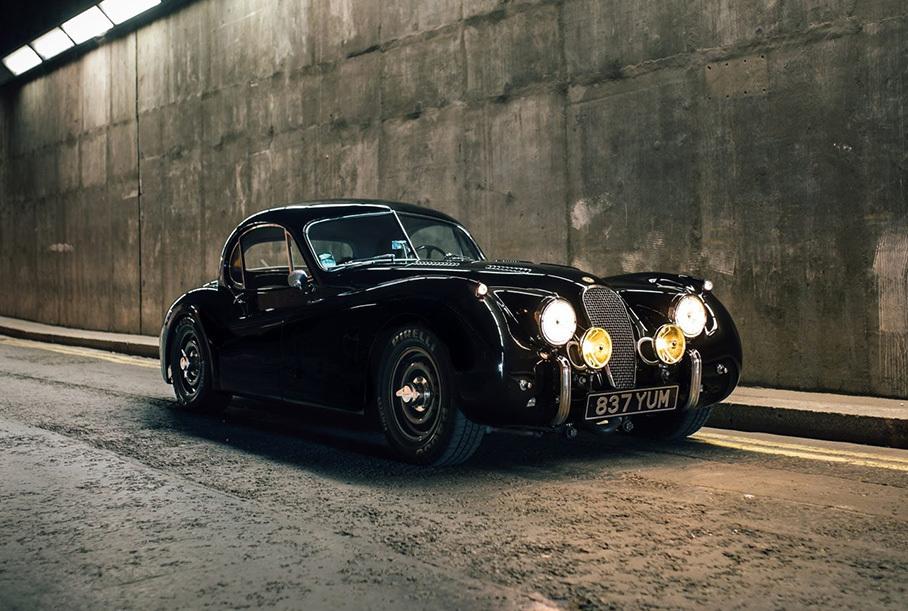
Many of the outlaw vehicles are perfect for transporting movie supervillains. Like this retro-racing Jaguar XK120
Photo: Alex Penfold @alexpenfold for Lorenz Collection
Canons and templates
One of the principles when creating a project is to simplify the silhouette. Remove bumpers, cut off moldings and badges, weld on individual window segments, lower the roof. For the same reason and for greater severity, the main body color is black: matte or gloss, but invariably acrylic – no foppish metallics. The landing is either strongly underestimated, or, on the contrary, emphatically factory-fitted, and even with high-profile bagel wheels.
And no fashionable rims – just vintage classics suitable for a specific body. It will be the native stamping for the 356, the Fuchs wheels for the 911, Watanabe for the Miata and so on. It is known that the wheels are half of the type of car, therefore the canonical disks are strictly shown. Sometimes a white stripe or lettering is used on tires. And on the doors you can find a racing number or a white circle under it.
At first glance, many outlaws look a little messy. This is necessary so that patina, street dust and abrasion of roads are felt in the appearance. But this approach should not be confused with the so-called missile – training sports cars (usually for drifting), the body of which is not repaired just because it will still definitely be beaten at the next exit.
Retro details are extremely important: leather body lashing straps, protective grilles, external mounting of a spare wheel, bullet mirrors. In detail, all this is ideologically close to hot rodding and even motorcycle customizing – that is, the post-war culture of working with technology. More modern models often use aggressive body extensions, so companies like RWB and Rocket Bunny / Pandem can be considered as adepts of the movement too. Of the body kits, non-mass, old and long-discontinued parts and optics options are welcome – the smaller-scale and old-school, the better. At online auctions and flea markets, among a handful of connoisseurs around the world, there is a real hunt for such.
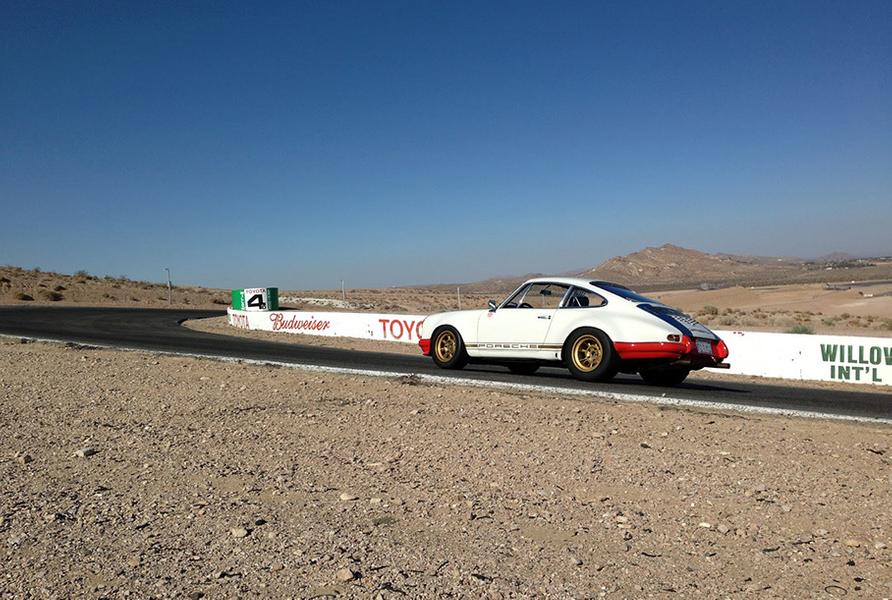
Photo: magnuswalker911.com
The first question that, at the sight of such cars, comes to mind to the uninitiated, but not indifferent to cars, is this creation or destruction? And many decide that this is game and disfigured classics. But outlaw creators are ready to be misunderstood, condemned. They do not even try to convey to the majority the message of their project – the main thing is that they themselves are on the high and that a narrow layer of like-minded people appreciate the efforts. Probably, this is the essence of the concept of “outside the law” – these guys create and live outside the generally accepted laws of beauty and patterns of the acceptable.


